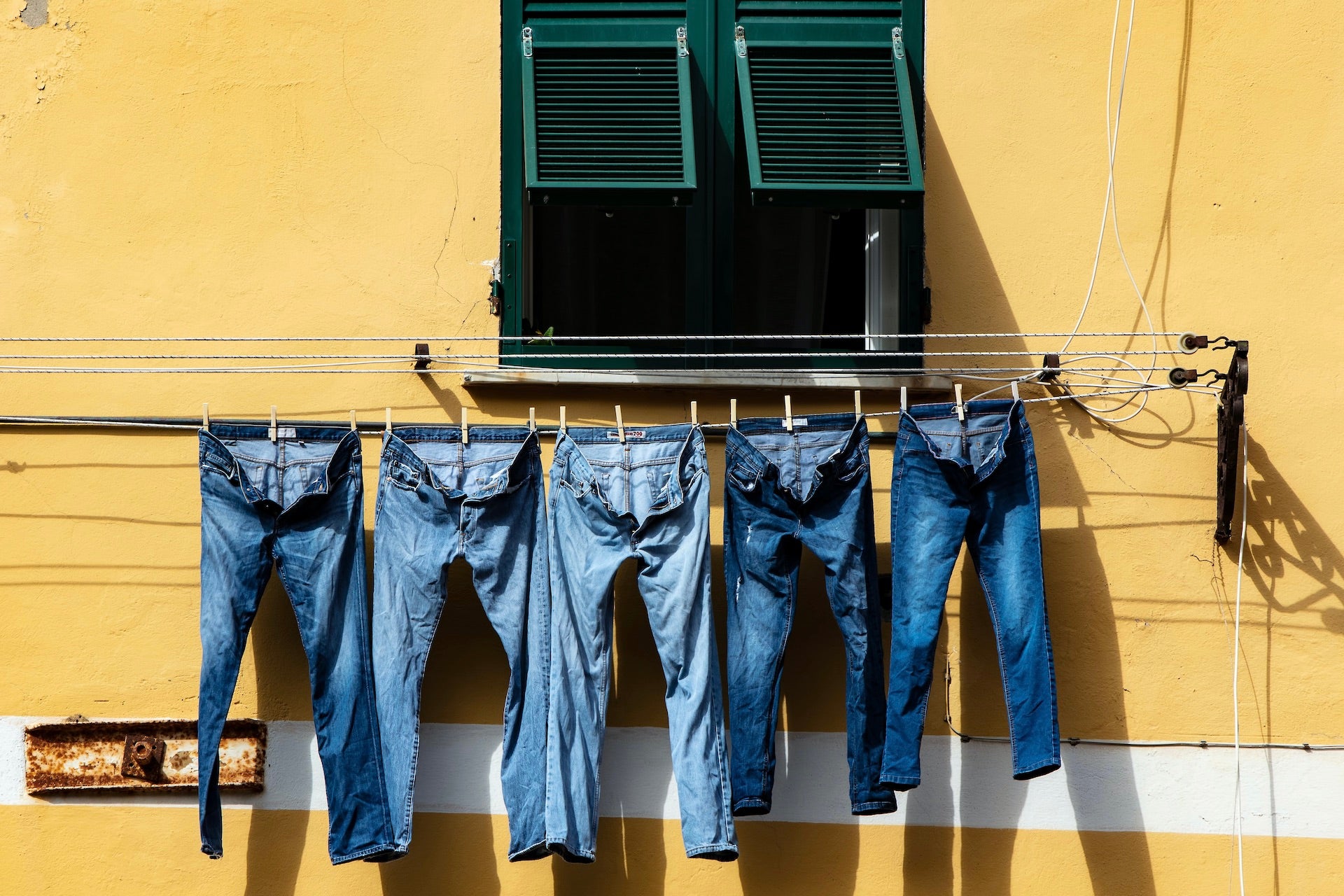Professor Miles Richardson, from the University of Derby, studies the connection between humans and nature, and what this special relationship means for our wellbeing. In August 2022, he created the biodiversity stripes to bring greater awareness to the ongoing biodiversity crisis. We spoke to him about this, his research work, and more.
- A bit like ‘sustainability’, biodiversity isn’t always the easiest concept to communicate. To start, what would be your simple definition of what it means and why it’s so important to protect?
I’m a psychologist concerned about the human relationship with nature, so in a way the term biodiversity captures the nature side – all the different kinds of life, from bacteria, to plants, to fungi, to whales.
- What is the reason why biodiversity loss has received significantly less attention than the climate crisis in your view?
Climate change has been found to get up to eight times more coverage than biodiversity loss. This imbalance is odd as many of us claim to love nature and wildlife. And while we may talk about the weather, few of us love the climate, but perhaps it’s down to the slightly more inaccessible term or lack awareness of the consequences of biodiversity loss.
 The Lapwing Bird is classified as Near Threatened on the IUCN Red List of Threatened Species. Source: Unsplash
The Lapwing Bird is classified as Near Threatened on the IUCN Red List of Threatened Species. Source: Unsplash
- On your blog you state that you had been hoping to see a biodiversity version of the warming stripes created by Prof Ed Hawkins MBE. What prompted the initial desire to see such stripes and what then inspired you to create the nature stripes?
Loss of biodiversity is the other massive environmental crisis, but awareness is lacking. That prompted my desire to create biodiversity stripes to raise awareness. The inspiration comes from caring about the decline of the natural world.
- Are there any other visualisations, or creative content efforts, around biodiversity that you’ve enjoyed and would like to make us aware of?
Yes, I like these biodiversity graphics from The Guardian.
 Source: The Guardian
Source: The Guardian
- The latest data from the Living Planet Report 2022 points to the fact that the population of mammals, birds, fish, amphibians and reptiles has seen an average drop of 69% globally since 1970. How optimistic are you about arresting this decline?
Perhaps it can be arrested, people might change the way they behave towards the rest of the natural world, but climate change is going to present ever increasing challenges to life on Earth.
 The population of farmland birds in the UK has fallen by more than half over the last five decades. Source: Biodiversity Stripes
The population of farmland birds in the UK has fallen by more than half over the last five decades. Source: Biodiversity Stripes
- Are there any specific policies that you wish that the government would enact (or retire) to reverse biodiversity loss? Or perhaps some guidance you hope they could issue?
My focus is on the causal issue of biodiversity loss, the broken relationship between humans and the rest of nature. So policy wise, tackling the deep set mindset that humans are separate from nature is key. We need to move from a relationship based on use and control of nature to one of harmony. That is a difficult task that will require changes across policy areas, from the way we manage land, through housing, urban planning, law, health to education and beyond.
- In your Geoscience Communication paper, you wrote that science communication needs to “go beyond facts” to create “emotional connections by telling stories”. Is there a story that has resonated with you regarding biodiversity (loss)?
Emotive stories of biodiversity loss aren’t as common as they should be, that is a story that resonates with me. Clearly, the focus will always be commemorating the loss of people, sometimes we pay tribute to animals, but the stark loss of wildlife is rarely the focus of that attention. More broadly, it is emotional connections to nature that are an important part of renewing the human-nature relationship.
- Your book “Reconnection: Fixing our Broken Relationship with Nature” has been well-received with reviews, praising the fact that the book sets out practical aspects of improving humans’ connection with nature. Can you give some insight into how your connection with nature has fared throughout your life (including the period before you reconnected with nature)?
When I look back on my childhood, I grew up in a quaint village with a large garden that looked out over fields. Nature was always present, with a brook and a small woodland at the heart of our village, offering ample opportunities for a close relationship with the natural world. Yet, despite my childhood experiences, I've come to realise that my relationship with nature was somewhat distant. It was a part of my life, but not the central focus. Nature being a nice backdrop for leisure continued. This perspective shifted dramatically in 2010 when I began taking simple, local walks and documenting my observations. These walks sparked a profound reconnection with nature, leading to changes in my personal life, and my career. I now focus on nature connectedness research and interventions, emphasising the importance of a close relationship with nature for both human and environmental well-being.
- What have you been most enthused by when it comes to those working to reverse biodiversity loss?
The focus of my work is to restore the human-nature relationship, a key foundation in reversing biodiversity loss. Fortunately there has been much to enthuse me personally, the research has been well received. The Nature Connectedness Research Group I founded in 2013 has produced a large amount of research, applied it widely and been recognised for its work. Having research adopted by others and doing a little to help is satisfying and encourages me on to the next project.




